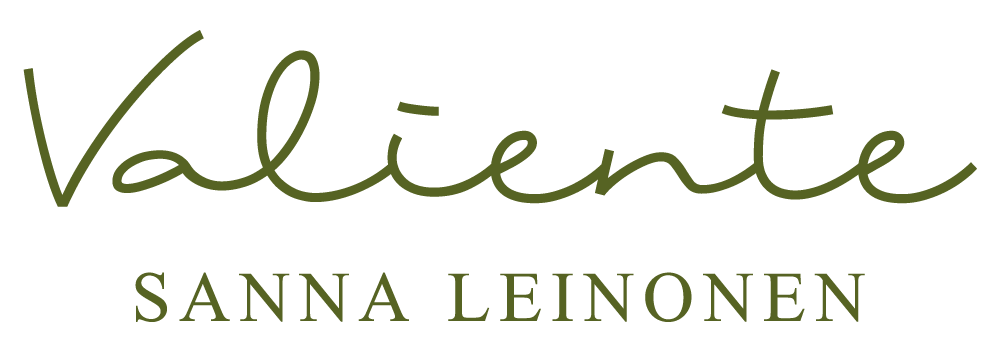This principle, Engagement and Effort, is actually about the “mindset”. Teachers must want to collaborate, they must want to plan and work together. How much do you want to see the team succeed? Individual accountability is engine of collaboration. It means that everyone is accountable for their part of the teamwork and working together as a team strengthens the team. Individual accountability is a term more often associated with collaborative learning, but as I already have pointed out, teacher are learners as well.
We could also use the term “mutual accountability” by Katzenbach and Smith where team accountability is about the promises we make to ourselves and to others, promises that underpin two critical aspects of teams: commitment and trust. Teams that have a specific, strong and negotiated goal inevitably hold themselves responsible, both as individuals and a team.
To see if your team functions as a real team and there is mutual accountability amongst you, you can go through these questions to help you pinpoint if there are any difficulties.
Mindset
- Are you individually and jointly accountable for the team’s purpose, goals, approach, and work-products?
- Can you and do you measure progress against specific goals?
- Do all members feel responsible for all measures?
- Are the members clear on what they are individually responsible for and what they are jointly responsible for?
(adapted from Katzenbach)


